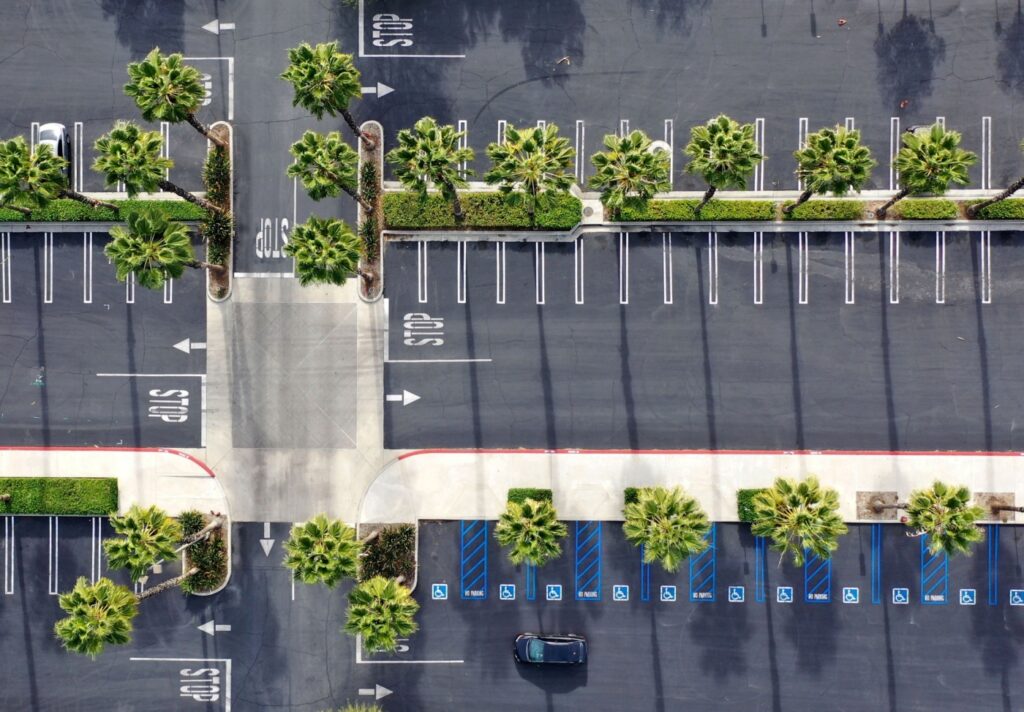
Back in the 1970s, as an energy crisis held the nation hostage to the whims of OPEC, politicians and planners thought it would be a great idea for Americans to carpool. The idea never caught on, possibly because the politicians and planners had seen too many episodes of “The Flintstones” and were under the mistaken impression that everybody works at the same quarry, leaves at the same whistle and drives home to the same suburb.
Nonetheless, politicians liked the fact that they could paint diamonds on an existing lane, ban single-occupancy vehicles from using it and claim they were reducing dependence on foreign oil because, carpools.
Thus began the government’s frowny face at driving, which set the stage for an orgy of spending on transit projects in the name of “getting people out of their cars.” Los Angeles County residents are paying a total of four increases in the sales tax, one-half percent each, to fund transit. Billions of dollars have been sunk into subway projects and rail lines, yet ridership on public transit is lower than it was in the 1980s when Metro was just a bus service.
Why is ridership so low? It could be because the county has allowed the trains and buses to become rolling homeless encampments, or because people don’t feel safe standing on a platform or at a bus stop for any length of time, or because of sexual harassment on buses and trains, or because it’s inconvenient.
A journey on public transit can be a lengthy ordeal. Recently I had to be at an engagement 43 miles away. Google Maps helpfully informed me that I could take public transit and be there in five hours and 51 minutes. The route included a bus that makes 34 stops, another bus that makes 7 stops, a train that makes 12 stops, a bus rapid transit line that makes 14 stops, another bus that makes 25 stops, a final bus that makes three stops, and a total of about 2 miles of walking.
Or I could drive there in a little over an hour.
It’s a fact that there are more job opportunities available to people who have a car and are not limited by transit routes. And of course, people need transportation for reasons other than employment. People run errands, go shopping, pick up their kids, check on their parents. Even commuters who use public transit are likely to have a car, too.
That’s why you should know that in California, the war on cars has now escalated into a war on parking spaces.
Assembly Bill 2097 would abolish minimum parking requirements. Cities and other local government entities would be prohibited from requiring developers to provide parking spaces in any residential, commercial or other development located within one-half mile of transit, defined as a bus route with frequent service during peak commute times. Developers could voluntarily include parking spaces, but if they do, the local agencies would be able to restrict how they’re used. A number of spaces might have to be reserved for electric charging stations or ride-share vehicles, or set aside for use by the general public. Local agencies could even force parking owners to charge for parking.
That all makes it likely that people with cars who live, work or shop in these new developments will be driving around the neighborhood looking for ever-more-scarce street parking, causing a negative impact on everyone else in the area.
Incidentally, the war on cars is no longer about energy supplies. Now it’s about housing and climate.
“Eliminating parking minimums within our transit priority areas — places with convenient access to public transit — has been effective in driving the development of more affordable, accessible and inclusive housing and also supports changes that help address the climate crisis, wrote San Diego Mayor Todd Gloria in an op-ed for CalMatters. Calling for “parking reforms statewide,” he said California must build on the “successful efforts of cities such as San Diego, Sacramento and San Francisco.”
You’ll notice he didn’t mention Los Angeles, where it can take five hours and 51 minutes to go 43 miles and you’ll need an extra pair of shoes.
Politicians’ passion for blocky apartment buildings near transit has taken on an almost religious fervor. Gov. Gavin Newsom told the San Francisco Chronicle editorial board, “We’re gonna demand more from our cities and counties,” vowing to hold them “accountable.” Newsom’s appointed attorney general, Rob Bonta, has already threatened legal action against cities that try to evade the state’s latest density-boosting law, Senate Bill 9, which allows two homes and at least two granny flats to be built on a lot zoned for one single-family home.
Related Articles
Lifting up a thousand silent wives
Restoring public trust in Anaheim
Talking on water: MWD chief on the present and future drought
New privacy agency cannot expand unchecked in the dark
Reinsertion of U.S. troops in Somalia is unlikely to produce a better outcome
In fact, there’s no need for the state to sue cities or to force density into existing single-family neighborhoods, because there’s no need to block new suburban housing developments.
If you honestly want to fix the housing crisis in California, support an end to the legally required “vehicle miles traveled” calculation that stops the development of new homes in outlying areas. This idiotic policy is based on the belief that suburban homes in California cause climate change. The whole state accounts for only 1% of global greenhouse gas emissions. A little more driving in California is a negligible fraction of a negligible fraction globally, and it certainly shouldn’t be a reason to prevent new home construction in the middle of a housing shortage.
Gavin Newsom lives in a mansion on a sprawling estate. All Californians value their space.
Write Susan at [email protected] and follow her on Twitter @Susan_Shelley.
